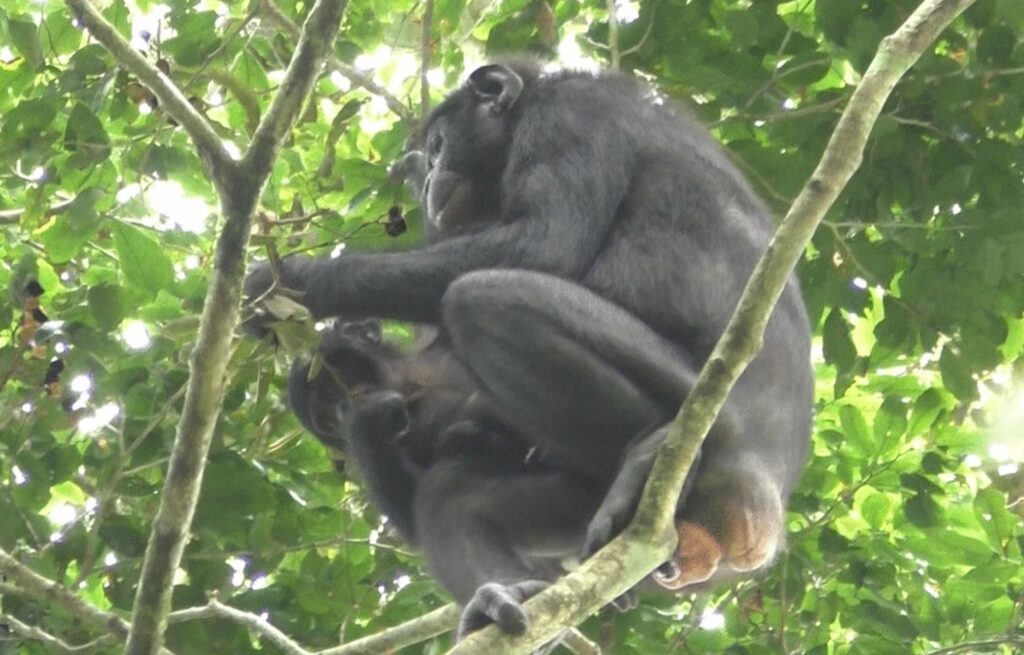
Adoption – that is, the exclusive care for someone else’s offspring (especially after the mother’s death) – occurs in many mammals, such as chimpanzees, dolphins, squirrels, hyenas and polar bears. If someone else’s egg ends up in a bird’s nest, it will often take care of the hatched chick (even one of another species, such as a cuckoo). This seems to be more of an instinctive behaviour than a conscious choice on the part of the parents. Caring for others’ offspring has also been observed in some species of fish and wasps. But these are isolated cases, and the following text concerns (non-human) mammals.
In mammals, maternal care is especially important during the period when the infant still needs milk. Usually, the orphaned young will be taken care of by a female, who at the same time is feeding her own offspring, or who has just lost it. There are also cases where the female begins lactation after adoption – for example in bottlenose dolphins.
In many mammals, the mother continues to take care of the young also after weaning, by providing e.g. protection, transportation, and food. A maternal presence is also important for the development of the young’s emotional, social and cognitive skills. Therefore, adoption even at an older age is important for the survival and wellbeing of young animals.
Why do adult animals adopt someone else’s child? After all, that requires a lot of energy and time. There may be several reasons for this behaviour.
Orphans are most frequently adopted by their family, for example older siblings. From an evolutionary point of view, caring for a relative is beneficial because family members share genes, and therefore helping a relative increases the chance of passing one’s genes to the next generation.
Adoption by young females may also give them a chance to learn and develop their maternal skills, which in the future may increase the chances of survival of their own offspring.
In animals that live in groups (for example, chimpanzees), it is common for an orphan to be adopted by females who had a close social bond with its mother. In this way, the social relationships between group members are maintained, which can be beneficial for the foster mother. An adoptee can also become an ally of the adoptive parent and help to raise their social status or reputation.
There are also cases of adoption of unrelated individuals, even from entirely different social groups by experienced mothers (e.g. in bonobos). In such cases, it seems that the adoption does not bring any direct benefits to the adopted mother (although in some cases there may the potential for help from the adoptee in the future). As I wrote elsewhere, many animals show empathy, and in some cases, adoption seems to be purely empathetic behaviour (for example, in dolphins, bonobos or chimpanzees, who additionally have a soft spot for infants).
Photo from Tokuyama (2021).
Polską wersję tego wpisu możesz znaleźć tutaj.
